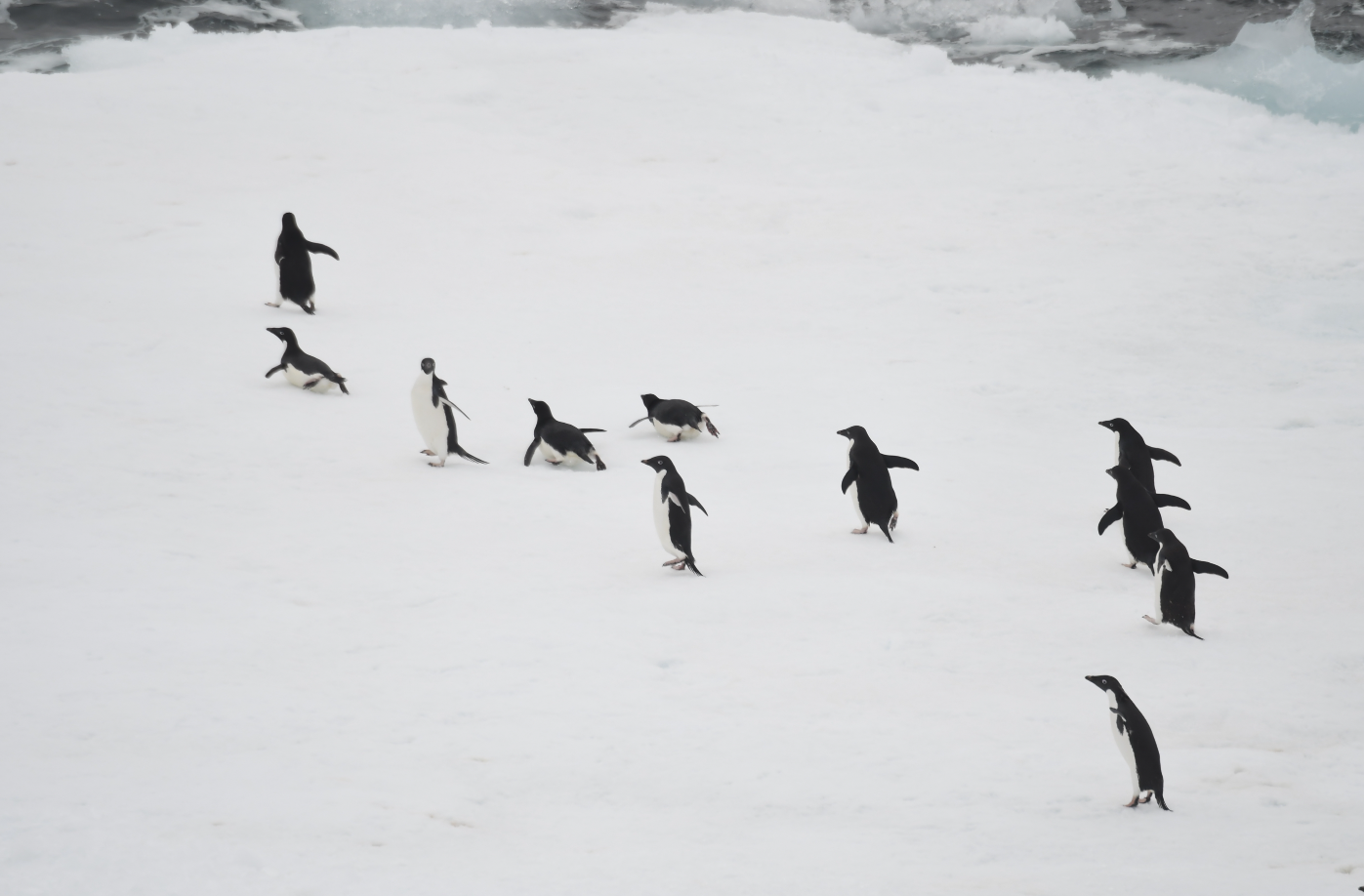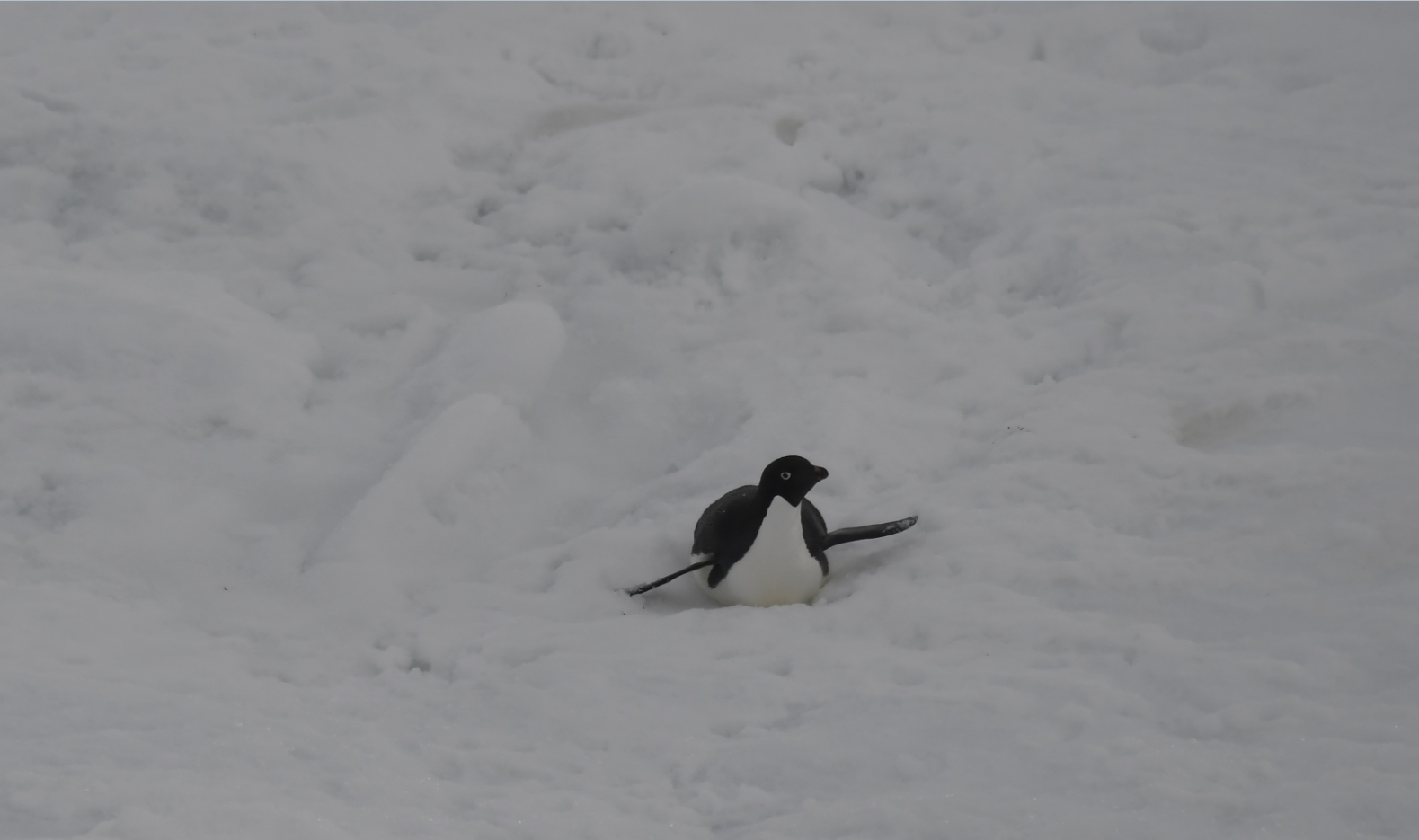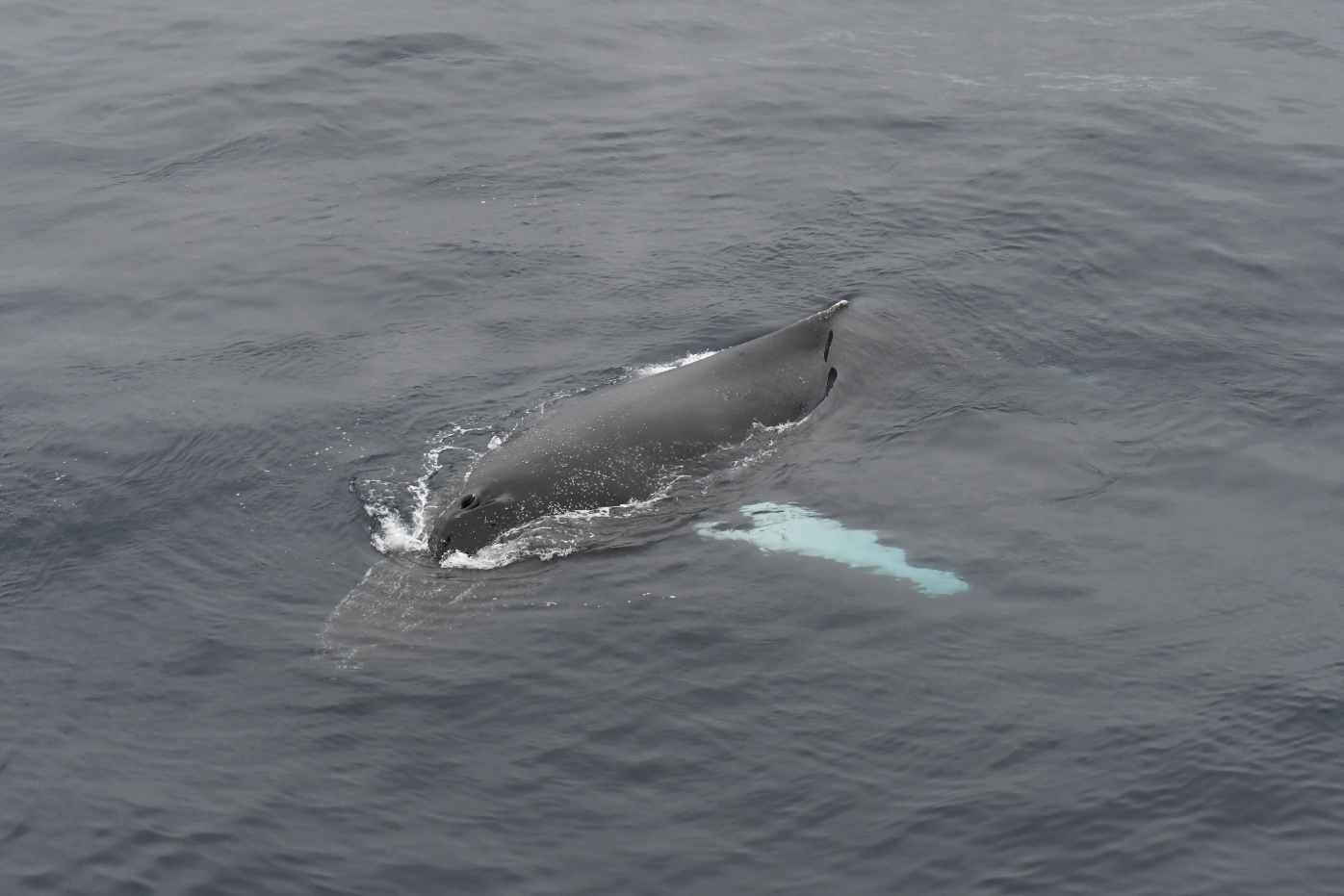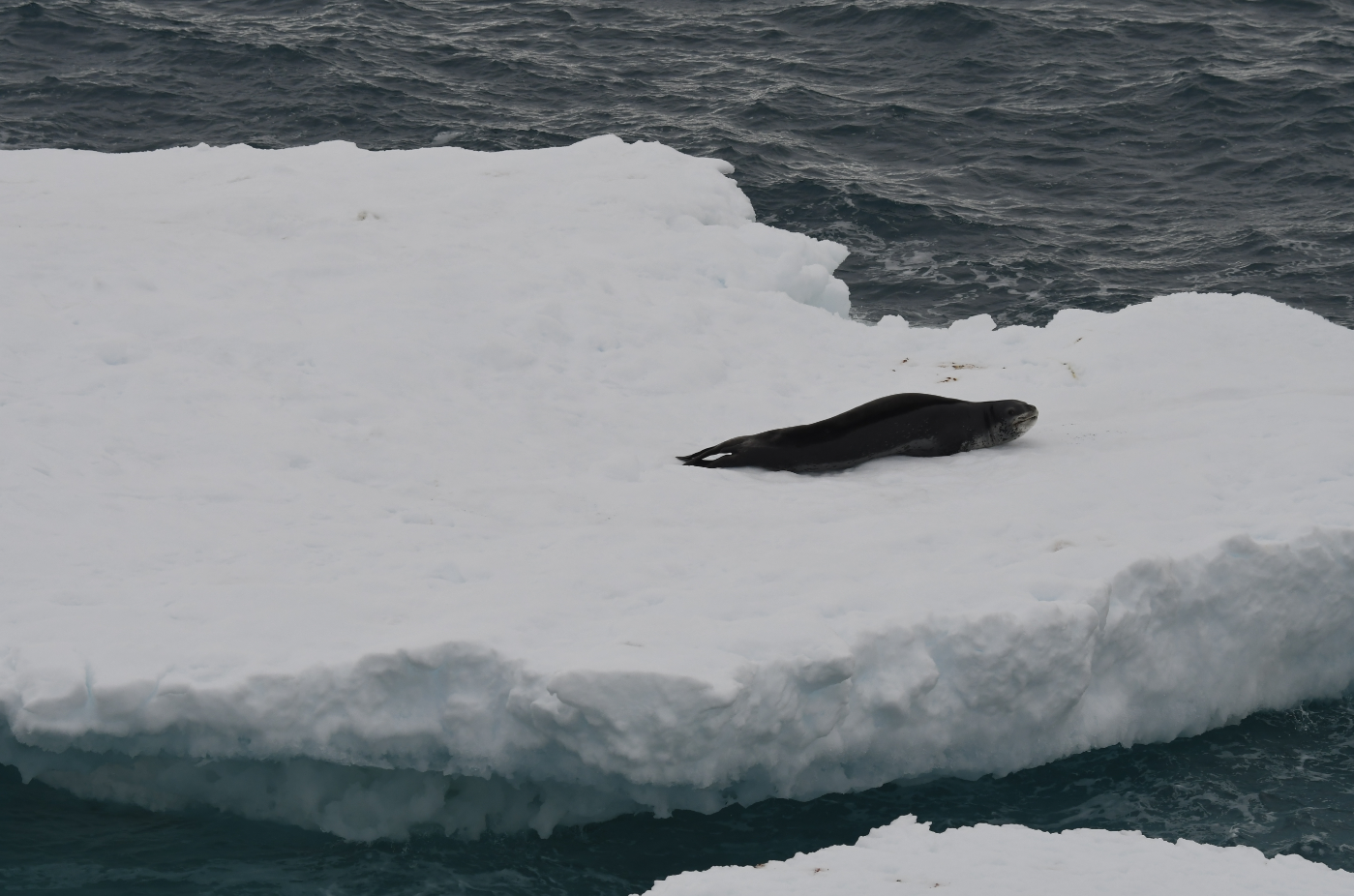
From December 7 to April 6, the 87th voyage of the research vessel "Akademik Mstislav Keldysh" took place. During the voyage, the “Integrated Expeditionary Program for Performing Krill Resource Research and Research on the Ecosystem of the Southern Ocean (Antarctic Atlantic Sector)” was carried out, within the framework of which observations of marine mammals and birds were carried out. The starting point of the voyage was the port of Kaliningrad, where the expedition returned upon completion of their studies.
The expedition consisted of scientists from the A. N. Severtsov Institute of Ecology and Evolution RAS Pavel Chukmasov, Andrey Tretyakov, Larisa Tretyakova. Anton Chernetsky., the researcher of the IO RAS, Ph.D., also took part in the observations. For more than 1,400 hours, scientists observed mammals and birds during the expedition, including more than 420 hours in Antarctica. A total of 29 species of marine mammals were recorded during the observation period. 28 bird species have been recorded in Antarctica, 58 bird species have been recorded at the Atlantic crossing.

The three most numerous species of marine mammals in the Atlantic sector of Antarctica have been identified: the fin whale Balaenoptera physalus, the humpback whale Megaptera novaeangliae, and the Antarctic fur seal Arctocephalus gazella. Among the birds, the most common species that were encountered during almost the entire period of observations in Antarctica were the Antarctic penguin Pygoscelis antarcticus, Wilson's storm-petrel Oceanites oceanicus, giant petrels Macronectes sp. and the Cape dove Daption capense. An analysis of the results of observations in the Antarctic showed that there are significant differences in the distribution of the two most numerous species of baleen whales. The humpback whale has been sighted mainly in shallower offshore areas in the southwestern Weddell Sea and central Bransfield Sound. Fin whales, on the other hand, are more common in deep waters and in sag areas such as the boundaries of the Powell Basin and the Orkney Trench.

The scientists came to the conclusion that the distribution of large whales in the study area depends not only on the bottom topography and hydrological conditions, but also directly on the presence of food objects - krill. Not only the amount of krill itself is important, but also its age composition. It has been observed that humpback whales prefer smaller, younger krill, while fin whales, on the contrary, prefer more mature and large ones.

At the moment, the collected data is being processed using statistical methods. This material can be later used for comparison with the data from the same area collected in 2020 during the AMK 79 expedition.
The work was carried out under an additional agreement dated May 26, 2021. No. 075-03-2021-535/2 to the state. assignment No. 075-00359-21-01.
